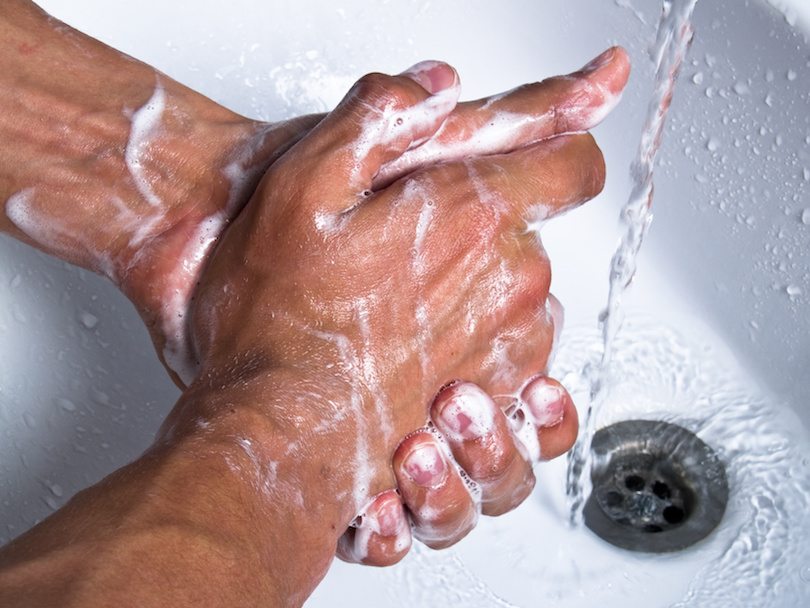A body in recovery is especially vulnerable to infection. One of the best ways to protect yourself is surprisingly simple: washing your hands—and encouraging loved ones and health care providers to do the same. Here are some tips, courtesy of the Centers for Disease Control and Prevention, that will help you practice proper hand hygiene. It sounds simple, but it can be life-saving:
Know WHEN to clean your hands
Know HOW to clean your hands
If you’re using an alcohol-based hand sanitizer:
If you’re using soap and water:
Remind others to practice safe hand hygiene
You can use suggestions such as: “I didn’t see you clean your hands when you came in, would you mind cleaning them?” or “I saw you clean your hands when you arrived some time ago, but would you mind cleaning them again?”
Facts about alcohol-based sanitizer—and tips to keep you safe
FACT: Found in most health care settings as well as in briefcases and pocketbooks across America, hand sanitizers are a good option to clean hands on occasions when soap and water not available. But all sanitizers are not created equal.
TIP: Look for a sanitizer that has at least 60 percent alcohol.
FACT: Hand sanitizers don’t kill all germs or other potentially harmful chemicals. Research has shown that germs such as norovirus and Clostridium difficile (C.Diff) and pesticides remain on hands after the alcohol is used.
TIP: When in doubt, wash your hands. If you are exposed to a chemical that you know to be dangerous, contact your poison control center immediately.
FACT: When hands are particularly dirty or greasy, hand sanitizers won’t work well.
TIP: Opt for soap and water whenever possible, and follow the rules for handwashing above.

